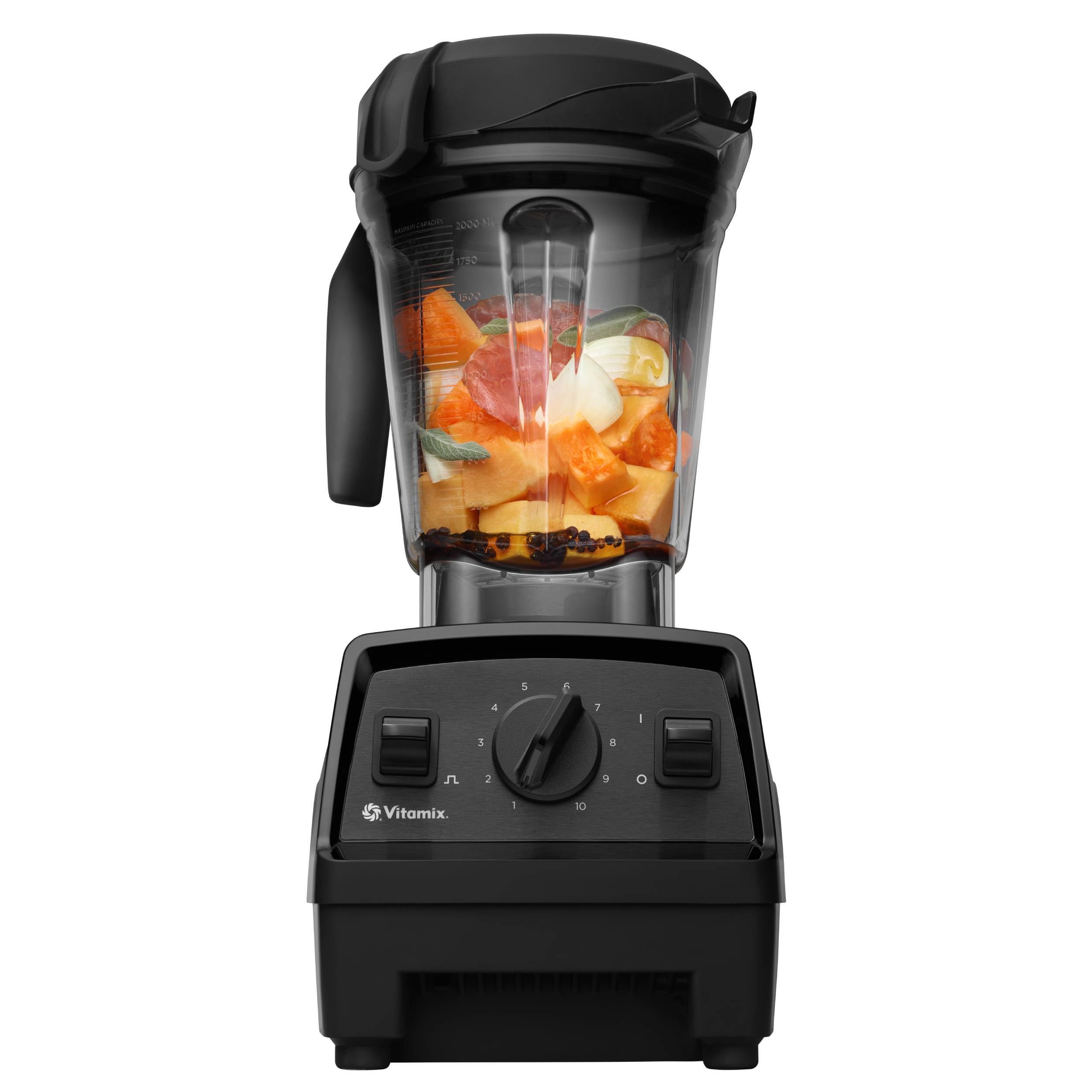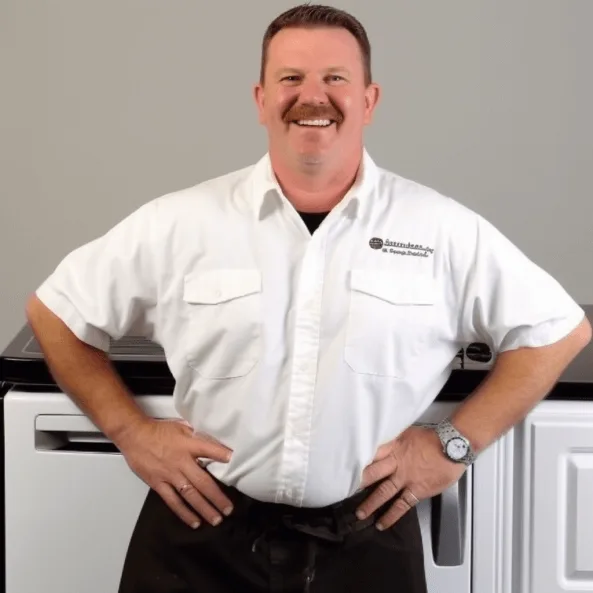Is your Whirlpool water heater shutting off unexpectedly? You’re not alone. Many homeowners face this frustrating issue, often right when they need hot water the most. Picture this: you’re all set for a relaxing shower, only to find the water icy cold. It’s not just inconvenient; it can disrupt your daily routine.
Key Takeaways
- Identify Common Causes: Whirlpool water heaters may shut off due to thermostat malfunctions, sediment build-up, or electrical issues. Understanding these causes is vital for effective troubleshooting.
- Troubleshoot Systematically: Follow a structured approach by checking the power supply, inspecting thermostat settings, and flushing the water heater to remove sediment, which can improve performance and prevent shutdowns.
- Prioritize Safety: Ensure proper ventilation around the water heater to avoid overheating and understand the shut-off mechanisms to maintain a safe environment.
- Recognize When to Seek Help: Be aware of severe issues like frequent shutdowns, unusual noises, leaks, and water discoloration that necessitate professional intervention.
- Benefits of Professional Assistance: Hiring a professional can lead to expert diagnostics, safe repairs, efficient service, and peace of mind, ensuring prolonged functionality of your water heater.
Common Causes of Whirlpool Water Heater Shutdowns
Whirlpool water heaters can shut off unexpectedly for various reasons. Understanding these causes helps you troubleshoot the problem effectively.
Thermostat Issues
Thermostat malfunctions often lead to water heater shutdowns. A faulty thermostat might not read the water temperature accurately, causing it to shut off too soon. Check the thermostat settings; it should typically be set between 120°F and 140°F for optimal efficiency. If adjustments don’t work, consider replacing the thermostat.





Sediment Build-Up
Sediment build-up in the tank can cause overheating and automatic shutdowns. Minerals from hard water settle at the bottom, insulating the heating element and preventing effective heat transfer. Flushing the tank annually helps prevent this issue. To do this, turn off the power, drain the tank, and then refill to eliminate accumulated sediment.
Electrical Problems
Electrical issues can interrupt the operation of your water heater. Loose connections, tripped circuit breakers, or blown fuses can all lead to shutdowns. Inspect the electrical connections for tightness and ensure all breakers are functioning. If you notice any damaged wiring or components, consult a professional electrician for repairs.
Troubleshooting Steps
Addressing the issue of your Whirlpool water heater shutting off requires systematic troubleshooting. Follow these steps to identify and resolve the problem.
Check the Power Supply
Ensure your water heater receives consistent power.
- Verify that the unit is plugged in.
- Inspect the power cord for any visible damage.
- Look for blown fuses or tripped circuit breakers in your home’s electrical panel.
- Confirm that the power switch for the water heater is in the “on” position.
Inspect the Thermostat Settings
Examine your thermostat settings to ensure proper operation.





- Set the thermostat to the desired water temperature, typically between 120°F and 140°F.
- Reset the thermostat if it accidentally got changed.
- Test the thermostat by adjusting it and checking for responsiveness.
- Consider replacing the thermostat if it consistently fails to function correctly.
Flush the Water Heater
Flushing your water heater helps eliminate sediment build-up, which can impact performance.
- Turn off the power supply to the heater.
- Attach a garden hose to the drain valve and position the other end in a suitable drain.
- Open the drain valve and let the water run until it runs clear. This process may take 20-30 minutes.
- Close the drain valve, remove the hose, and refill the tank before turning the power back on.
These troubleshooting steps should help you resolve the issue with your Whirlpool water heater. If problems persist after following these steps, consider contacting a professional for further evaluation.
Safety Considerations
Ensuring safety when troubleshooting your Whirlpool water heater is crucial. Understanding the importance of proper setup and mechanisms can prevent accidents and increase efficiency.
Ensuring Proper Ventilation
Ensure your water heater has adequate ventilation. Proper airflow helps prevent overheating and maintains optimal performance. Check the area around the heater for any obstructions. Clear away any debris, objects, or insulation that can restrict airflow. Inspect vents and flues regularly for blockages or signs of wear. Ventilation plays a key role in the combustion process for gas water heaters. Make sure the surrounding space is well-ventilated to avoid gas build-up, which can lead to hazardous situations.
Understanding Shut Off Mechanisms
Understand how the shut-off mechanisms work to maintain a safe environment. Modern Whirlpool water heaters are equipped with safety features designed to prevent overheating and electrical malfunctions. Many models include thermal cut-off switches that automatically turn off the unit if it overheats. Check your owner’s manual to locate these mechanisms and understand their functionality. If your water heater shuts off frequently, it could indicate a malfunction in these safety mechanisms. Regular maintenance can help ensure these components function correctly and avoid unexpected shutdowns.





When to Call a Professional
Recognizing when to involve a professional can save time and prevent further damage to your Whirlpool water heater. Certain signs indicate that expert assistance is necessary.
Identifying Severe Issues
You should look out for severe issues that could compromise your safety or the water heater’s performance. Here are warning signs:
- Frequent Shutdowns: If your water heater shuts off multiple times a week despite troubleshooting, this may signal a significant problem.
- Unusual Noises: Loud popping or banging sounds during operation might indicate sediment build-up or internal issues.
- Water Leaks: Visible leaks around the unit suggest potential tank failure or connection issues.
- Discoloration: Rust or discoloration in the water could indicate corrosion within the tank.
Addressing these issues promptly can avoid costly repairs or potential hazards.
Benefits of Professional Assistance
Hiring a professional offers numerous benefits for complex water heater issues:
- Expert Diagnostics: Professionals possess the training and tools necessary to accurately diagnose problems. They identify root causes beyond basic troubleshooting.
- Safe Repairs: Professionals understand safety standards and can perform repairs without risk of injury or further damage. Their expertise handles electrical and plumbing systems safely.
- Efficiency: Experienced technicians complete repairs more quickly, restoring hot water to your home without prolonged downtime.
- Peace of Mind: Relying on a professional ensures that the job meets local codes and manufacturer specifications, minimizing future issues.
Prioritizing safety and efficiency leads to a well-functioning water heater that enhances your home’s comfort.
Conclusion
Dealing with a Whirlpool water heater that keeps shutting off can be a hassle but you’re not alone. By following the troubleshooting steps outlined in the article you can often pinpoint the issue and take action. Regular maintenance is key to preventing problems like sediment build-up and ensuring your unit runs smoothly.
Don’t hesitate to reach out to a professional if you’re facing persistent issues or if something feels off. Prioritizing safety and efficiency will not only keep your water heater in top shape but also enhance your comfort at home. With a little attention and care your water heater can provide you with reliable hot water when you need it most.
Frequently Asked Questions
Why does my Whirlpool water heater keep shutting off unexpectedly?
A Whirlpool water heater may shut off due to thermostat issues, sediment build-up, or electrical problems. A malfunctioning thermostat might misread water temperatures, leading to shutdowns. Sediment from hard water can cause overheating, while electrical issues—like loose connections or tripped breakers—can interrupt operation. Regular maintenance can help prevent these issues.
How often should I flush my water heater?
It’s recommended to flush your water heater at least once a year to remove sediment build-up. This helps maintain efficiency and prevents overheating, ensuring your water heater operates effectively. If you notice decreased performance or unusual noises, more frequent flushing may be necessary.
What should I check if my water heater isn’t getting power?
First, ensure the water heater is plugged in and check the power cord for any damage. Next, inspect the circuit breaker to confirm it hasn’t tripped. If everything appears normal but the heater still doesn’t power on, consider contacting a professional for further assistance.
When should I call a professional for my water heater issues?
Call a professional if you experience frequent shutdowns, strange noises, water leaks, or discoloration in the water. These signs indicate severe problems that could compromise safety or performance. A specialist can ensure proper diagnostics and safe repairs.
What are thermal cut-off switches in water heaters?
Thermal cut-off switches are safety features in modern Whirlpool water heaters. They automatically shut off the heater to prevent overheating and electrical malfunctions. Understanding these mechanisms helps ensure that your water heater operates safely and efficiently.
Can sediment build-up in my water heater be prevented?
Yes, sediment build-up can be minimized by regularly flushing the water heater, ideally once a year. Additionally, using a water softener can reduce sediment resulting from hard water, promoting better performance and longevity for your heater.
What are common signs that my water heater needs repairs?
Common signs include inconsistent water temperature, frequent shutdowns, unusual noises, water leaks, and discoloration in the water. Recognizing these symptoms early can help prevent more significant issues and ensure your water heater functions correctly.

Hey, I’m Jake. I focus on cooling systems at Appliance Mastery, like fridges, freezers, and air conditioners.
I’ve worked in appliance repair for more than ten years and I’m certified through NASTeC. I’ve seen just about every fridge issue you can imagine.
My goal is to help you fix problems without stress. Whether it’s a freezer that won’t cool or an AC that keeps beeping, I’m here to walk you through it.
